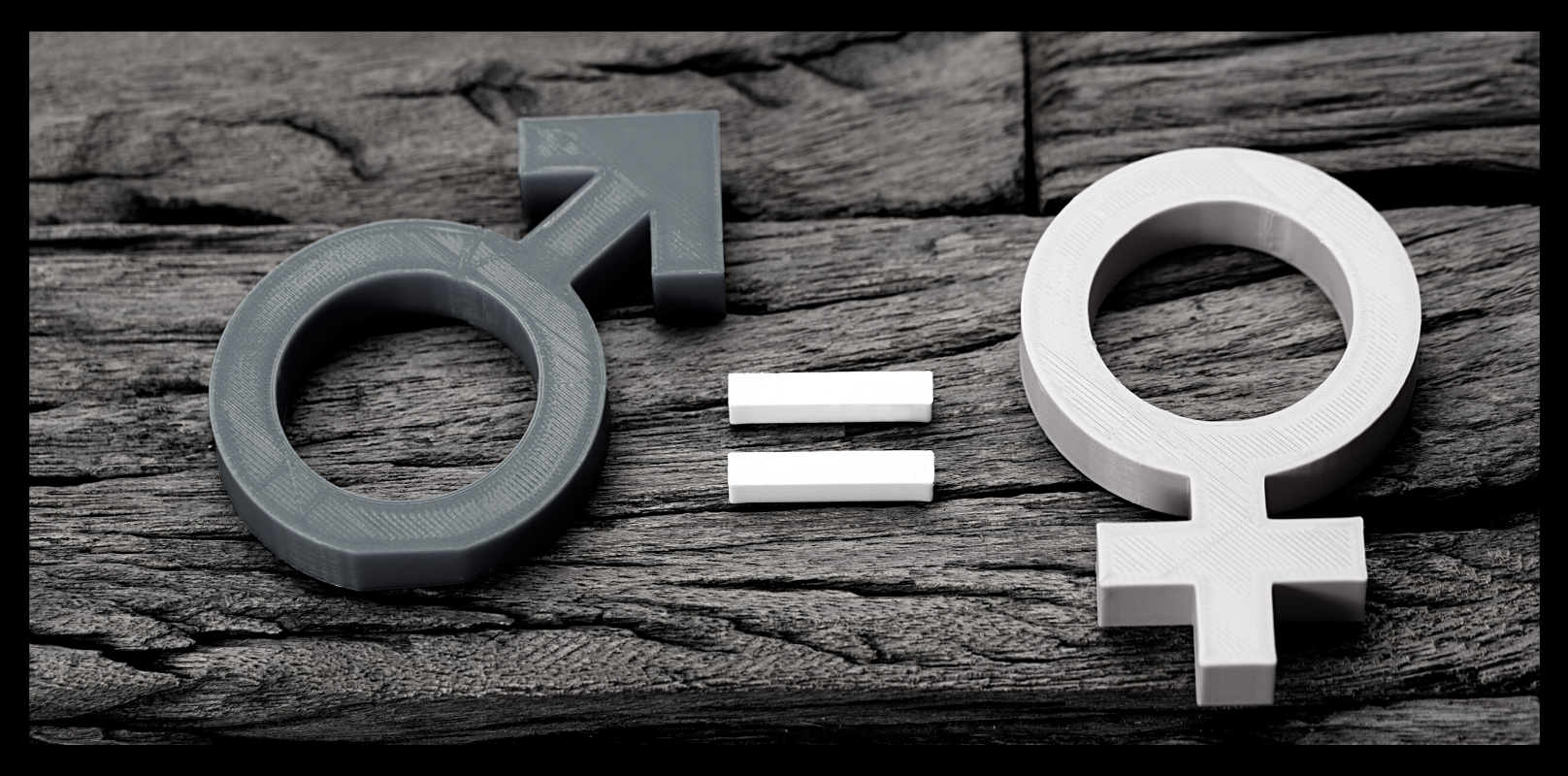Tech leadership gender equality stalls due to global shocks


Even though there has been a steady increase of women in leadership positions worldwide over time, the tech industry is still far from achieving levels of gender equality.
Women in tech leadership roles in the tech industry in 2022 is at 24% as opposed to 76% of men in these roles according to insights from the WEF’S Global Gender Gap Report 2022. Among the leadership roles included in the WEF’s gender gap report sample were Director, VP, Chief Experience Officer and Partner.
The report found that only certain industries have levels near gender equality in leadership, and these are education, personal services, well-being, and membership organisations.
“There is significant variation across industries in the rates of hiring women into leadership. On average, more women were hired into leadership in industries where women were already highly represented.
“Similarly, more men were higher into leadership positions in industries over-represented by men.”
The Tech Industry Gender Equality Status
The tech industry is lagging in achieving gender equality for women in leadership, however it is among those that are noted as accelerating the hiring of women in those types of roles.
“Relative to 2016, the industries showing the biggest improvement in their hiring rate for women into leadership are technology, energy, and supply chain and transportation.”

The Global Gender Gap Index has been compiled annually since 2006 and it measures progress towards gender equality across four key areas: educational attainment, economic participation and opportunity, health and survival, and political empowerment.
The index benchmarked 146 countries and found that due to health, economic, and political shocks, the move towards gender equality has been less than sufficient. According to the report, a lot of the progress that had been made since the start of the indexing in 2006 has been undone since the pandemic.
The WEF report found that overall gender parity is stalling, stating that it’ll take 132 years to reach equality, as currently only 68.1% of the gender gap is closed.
There is still an improvement compared to last year when the estimated time to reach gender parity was 136 years. However, in 2020 the gender gap was set to close within 100 years.
WEF MD Saadia Zahidi spoke during the launch of the report, and said, “We’ve been doing this for about 16 years and if we continue at the current pace of change that we’ve tracked over the last decade-and-a-half, it will take 132 years to get to parity across the set of combined countries and combined set of data.
“It [the gender parity gap] was about at 100 years just before the pandemic. The pandemic and its disruptions have added essentially a couple of generations to the time it will take to reach parity.”
While no country has yet achieved full gender equality, the top 10 economies have managed to close at least 80% of their gender gaps.
The report reveals that Iceland, Finland, Norway, Sweden, Rwanda, Nicaragua, Namibia, Ireland and Germany are in the top 10 list of countries with the least gender gap in 2022.
Furthermore, the report states that the gender gap in the workforce is an emerging crisis. It found that the gender gaps are driven and affected by several factors, such as long-standing structural barriers, technological and socio-economic transformation, as well as economic shocks.
The Head of Global Public Policy and Economic Graph team at LinkedIn, Sue Duke, said “The findings and the data in the report are very clear – even in good times work has not been working for women as well as it has been for men.
“A salient point is that especially in bad times, when there are health, economic or other shocks to the system, it is women who take the biggest hit.”
When it comes to gender gaps in lifelong learning and skills prioritisation, the report found that women are still overrepresented in health, education, and welfare degree subjects compared to men. On the other end of the spectrum, women are still underrepresented in science, technology, engineering, and mathematics (STEM) industries, and the gender gap is the most prevalent in engineering, manufacturing, and ICT.
The report states, “Taking into account graduates from all fields, the percentage of women graduates in ICT is 1.7%, compared to 8.2% of men graduates. In engineering and manufacturing, the same figures are 24.6% for men and 6.6% for women.”
Even though gender segmentation in degree choices continues in traditional education, data from Coursera finds that more women than ever are reskilling, skilling, and upskilling online. Not only that, but gender gaps are much smaller in online enrolment than in traditional education.
“In ICT, for example, gender parity increased in online training between 2019 and 2021,” reveals the report. “However, enrolment behaviour shows that men and women’s skilling preferences continue to respond to traditional patterns, creating skilling gender gaps for both men and women.”
Interested in more on this topic? The Hybrid Workplace: A Catalyst for Gender Equality?
